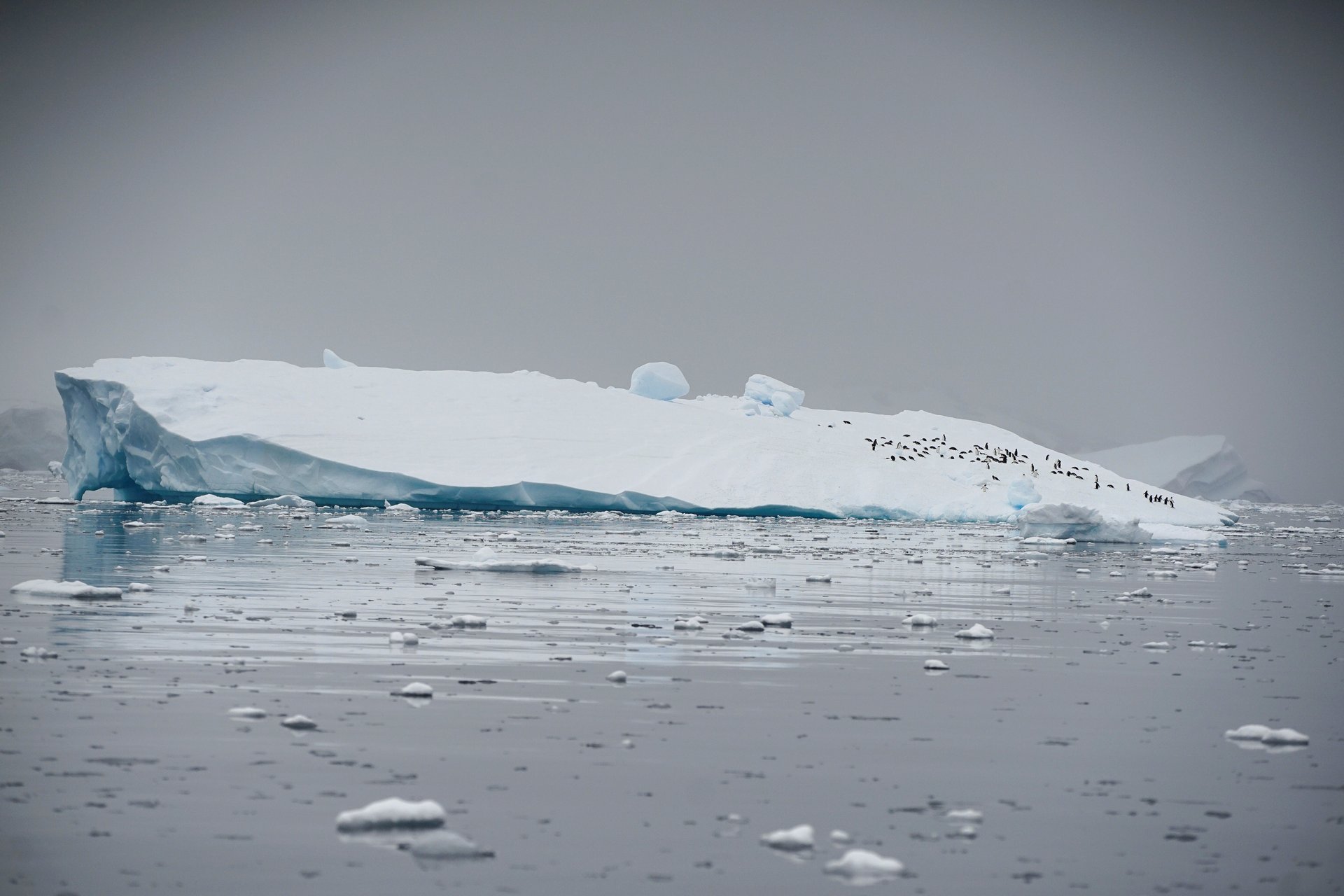Antarctica’s ice sheets may melt faster than we thought, accelerating sea level rise
The story of Antarctic melt is a tale of two ice sheets. The West Antarctic Ice Sheet rests on a base that is below sea level—meaning that warming ocean waters wash beneath the ice, melting it from below. Meanwhile, East Antarctica’s ice sheet, which holds 10 times more ice than its rapidly deteriorating neighbor, sits mostly above sea level, leaving it relatively safe.


The story of Antarctic melt is a tale of two ice sheets. The West Antarctic Ice Sheet rests on a base that is below sea level—meaning that warming ocean waters wash beneath the ice, melting it from below. Meanwhile, East Antarctica’s ice sheet, which holds 10 times more ice than its rapidly deteriorating neighbor, sits mostly above sea level, leaving it relatively safe.
Or so scientists thought. Yesterday, a paper published in the scientific journal PNAS concluded that the East Antarctic Ice Sheet has actually been melting rather quickly, contributing significantly to sea level rise.
“We’ve seen some other papers recently noting increased ice loss in East Antarctica, and for the first time here we’re seeing some of those numbers incorporated into a full ice sheet analysis,” says Twila Moon, a researcher at the US National Snow & Ice Data Center, who was not involved in the study.
The new paper found that since 1979, Antarctica has contributed 14 mm to sea level rise, most of which has come from the unstable western ice shelf. But crucially, 30% of that rise—4.4 mm—has come from melting ice on the eastern sheet, previously thought to be stable or even growing.
Jessica Cherry, an Alaska-based hydrologist for the US National Oceanic and Atmospheric Administration, says scientists used to think Greenland’s melting ice would be the main worry for sea level rise. “Now this study and others have shown an incredible speed-up of melting in Antarctica,” Cherry said. “We need to be concerned that there will be a huge contribution to sea level rise from Antarctica as well.”
The UN’s latest IPCC report [PDF] predicts that sea levels will rise as much as a meter by the end of the 21st century. But Eric Rignot, lead author of the new study, told Quartz in an email, “IPCC projections are very conservative and ignore potential contribution from East Antarctica.”
It might be hard to see why scientists are sounding the alarm over a few millimeters of water. But Cherry says those small changes get magnified as their consequences cascade through the planet’s oceanic and atmospheric systems. “There are very large reverberations of what’s happening in Antarctica all the way up to Alaska and our communities,” she says. “We see huge problems from storm surges and coastal flooding as a consequence of sea level rise and the disappearance of sea ice.”
“The biggest uncertainty remains human actions,” says Moon. “This is not some inevitability. The actions we take play a fundamental role in shaping what these ice sheets will look like in a hundred years.”